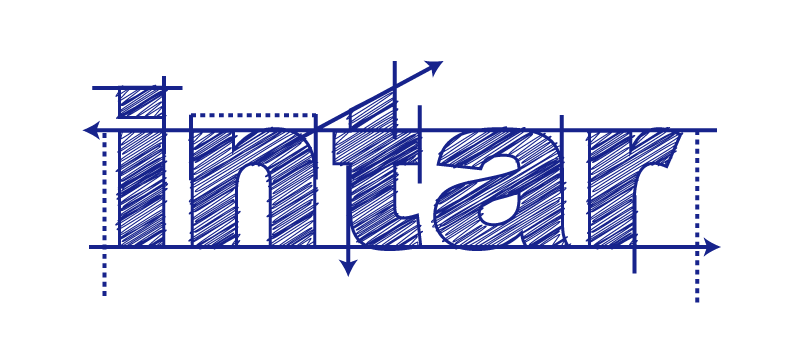Identifying gaps in learners' LLN skills

In practice, the core skills a trainer is most interested in are their students' LLN skills - reading, writing, oral communication and numeracy. This is because they are easier to reinforce with good training strategies than a person's learning ability, which is much more intrinsic to their nature.
The ability to 'learn' is also strongly influenced by a person's attitude to their job and motivation to follow a career path, which are factors that are generally outside the capacity of a trainer to change during a normal vocational training course.
Before you can work out how to best help learners who may be struggling due to poor LLN skills, you need to find out what LLN demands are being placed on them at work and in the training they're undertaking.
Then you should determine the learners' current LLN levels, and look for the gaps between their actual ability and the performance levels required of them. A spiky profile of these two sets of levels will make the gaps easy to see.
Let's have a look at the steps involved in building up a spiky profile for a particular group of learners and the job role or training they are undertaking.
Identifying the LLN skills in a task or job
To get a full picture of the LLN skills required to do a particular job properly, it's best to talk to people at different levels in the business. The most obvious place to start is with the workers themselves. But you should also talk to the supervisor or manager in charge to hear their perspective on what levels the employees should be operating at and whether there are any problems.
In some cases, especially in larger companies, a formal LLN mapping exercise may have already been carried out by a literacy specialist. This would also be valuable in helping to determine the LLN skills that apply to that job or activity.
Below are the sorts of questions you could ask a worker to establish which LLN skills apply to their job.
What reading do they need to do?
Reading may include: workplace signs, memos from the office, machinery safe operating procedures and customer orders.
What writing do they need to do?
Writing may include: production sheets, holiday request forms, sick leave forms and inspection checklists.
What speaking and listening do they need to do?
Speaking and listening may include: giving and receiving instructions, discussing problems with their supervisor and participating in workplace meetings.
What numeracy do they need to understand?
Numeracy may include: setting up or calibrating machines, calculating loads or measuring and tallying materials.
What problems or mistakes tend to occur at work due to poor communication?
Problems and mistakes may include: near misses or safety incidents, misinterpretation of written instructions, problems with quality control.

